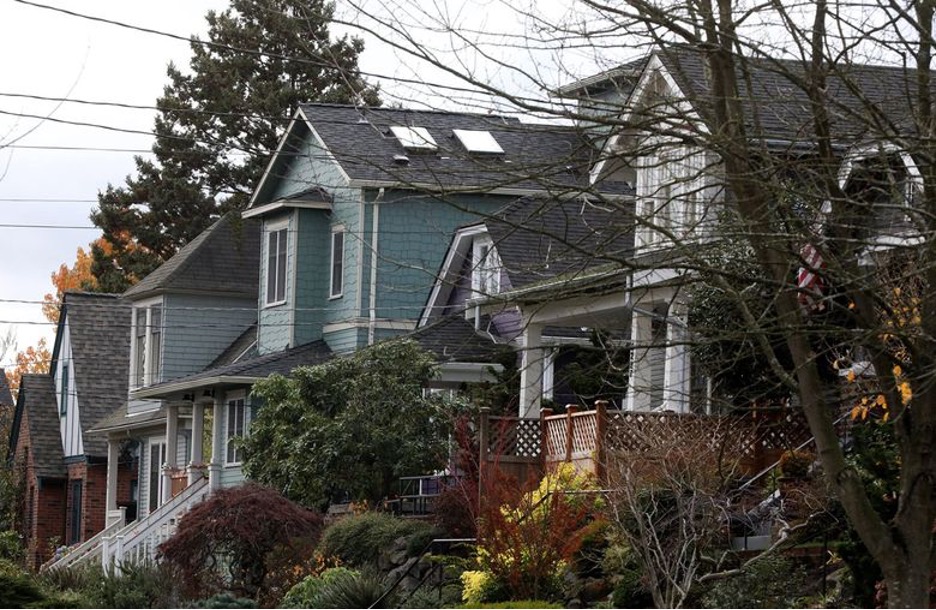
This week, Seattle’s Mayor Bruce Harrell unveiled a modified version of his zoning-reform initiative. The policy shift away from more NIMBY-friendly land-use rules to Harrell’s “One Seattle” dream is long overdue. Seattle Metro has experienced robust growth over the past decade—a 25% increase between the 2010 and 2020 Censuses—but housing has not kept pace. Especially in the urban core, uber-restrictive development rules have meant almost no new construction across a huge chunk of Seattle. Newcomers, having to live somewhere, have fanned out across a growing urban and suburban sprawl that keep costs—and energy consumption—far higher than they need to be. Other Washington localities should take a page (or two) from Harrell’s zoning overhaul. Should being the operative word.
Despite a recent slew of reform-friendly land-use laws out of Olympia, NIMBY resistance to even mild upzoning remains strong. While locals are entitled to protect themselves from nuisances (e.g., someone running a Russian Roulette tournament in their living room), fighting tooth-and-nail against development because it might reduce property values has never been within the ambit of property rights. While a surprising portion of Anglo-American ownership rules are rooted in a sort-of “finders keepers” logic, it is simply infeasible to keep huge tracts of land closed to new uses—or users—and not expect major economic drawbacks. So, casting aside ethical considerations for a moment, time-freezing zoning makes little economic sense, both for existing owners and those shut out. In a recent article in City Journal, Harvard economist Edward Glaeser suggested that “[s]ince the permitting process often allows only tiny one-off projects, American builders can’t exploit the economies of scale that have made almost every other manufactured good far more affordable.” And if the sea of empty planned developments built in exurban and even rural areas built during the housing bubble of the early 2000s is any indication, attempting simply to develop “around” such restrictions is not a winning economic proposition—to say nothing of the social costs of oversprawl (among other causes, like the Balkanization of entertainment).
Urban in-fill development is one among several crucial fixes to the social and economic complications that sprawl has and continues to cause. It is not advanced calculus but arithmetic. More units mean more people. Greater density, to be sure, but more a reversion to the mean after decades of stasis that has actually depopulated many urban cores. Jet City appears, finally, to be kicking things off right. The latest version of One Seattle among other things promises to double Seattle’s new-unit capacity to 330,000; permit duplexes and triplexes in almost all residential zones; and, to the chagrin of property-rights advocates, expand the “Mandatory Housing Affordability” Program. Despite some drawbacks, then, overall this is a good start. And while many Washington jurisdictions remain woefully wedded to anachronistic zoning rules, despite Olympia’s Olympic efforts to incentivize more “missing middle housing”—especially multifamily urban in-fills—scores of others are starting to come around, with “at least 66 of the 103 jurisdictions receiving grants through those two state laws adopted at least one measure to increase density.”
And this growing shift could not come sooner. As of late 2023, the median home price in Washington was around $600,000. The average rent for a two-bedroom apartment hovers above $2,000. Homeownership rates are fairly static, if not gradually decreasing. Spending on housing relative to total income remains one of the highest in the country. And with population growth continuing apace—albeit with less velocity since Covid—Washington’s 50,000 annual unit shortfall will only worsen. That is, unless Harrell’s efforts—spiritually, if not precisely substantively—persuade local land-use officials to ditch the NIMBYist NIMBYs and facilitate orderly development.
Alki,
Sam Spiegelman

